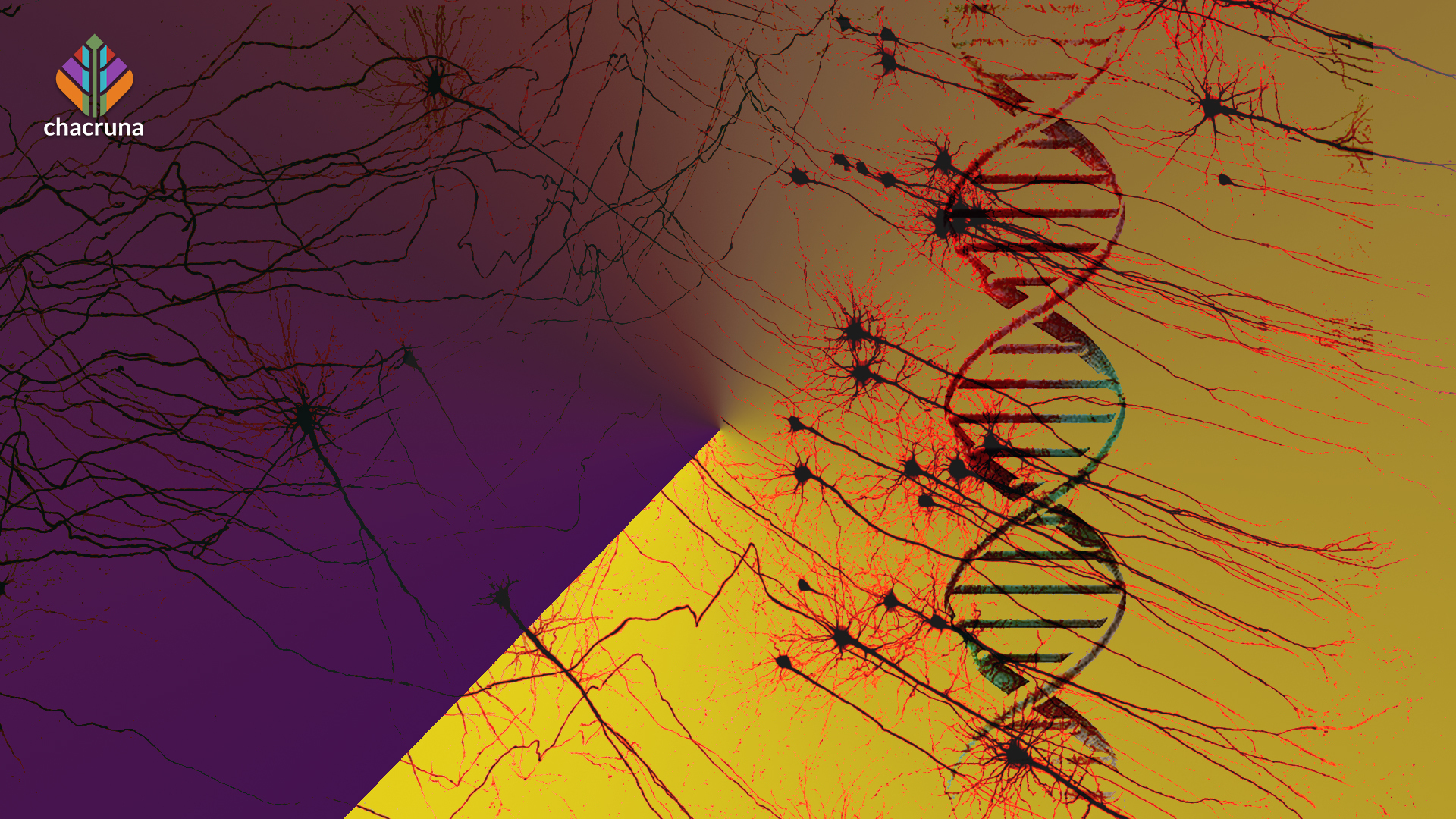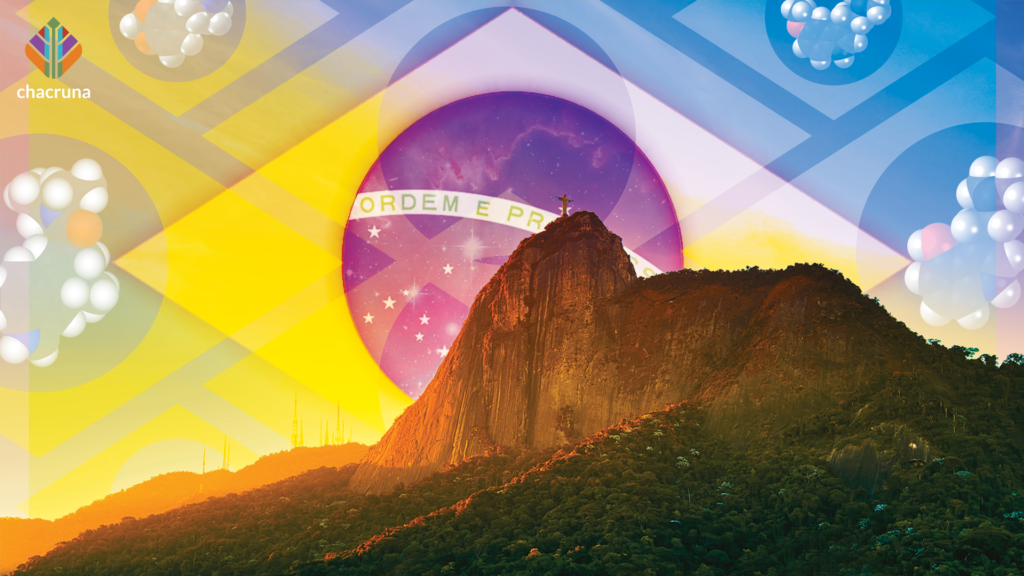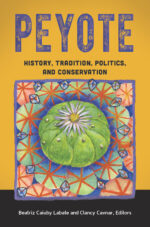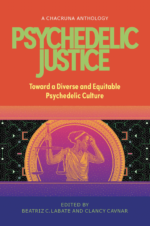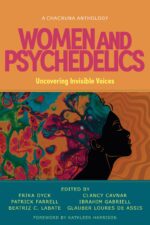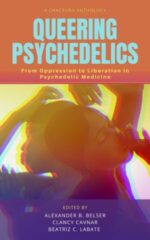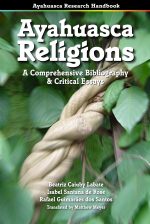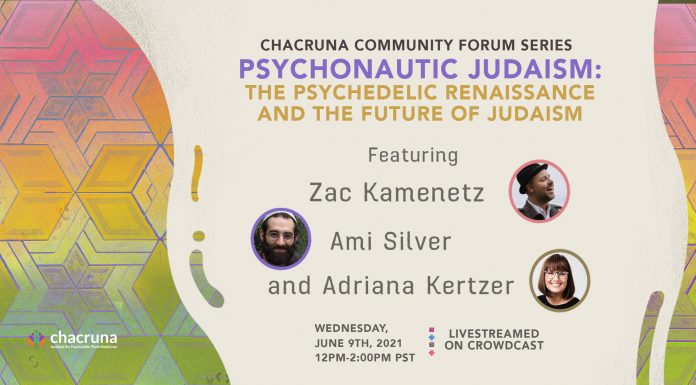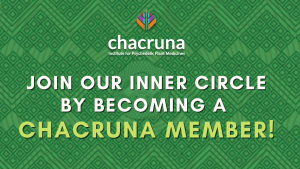- After 2024, the Scenario for Psychedelic Therapies Can Only Improve - January 16, 2025
- Symposium in Brazil Debates Psychedelics at a Political Crossroads - December 13, 2024
- Conference in Rio Defends Psychedelics in Public Health - December 11, 2024
I’m a Brazilian science journalist and columnist with the daily, Folha de S.Paulo, and have been reporting about psychedelics for more than four years now. I’m more of a newcomer to the field, evidently, or perhaps I should say, a latecomer.
I was about to turn 60 and already a grandfather of two beautiful kids when I realized there was a low-hanging fruit for science journalists in Brazil. Before that, I had spent four decades editing and writing texts mainly about molecular biology, the Human Genome Project, genetically modified crops, climate change, and ecology; especially, the role of the Amazon rainforest in a warming planet.
It all started with the Psychedelic Science 2017 conference in Oakland. The title sounded like an oxymoron at first, something like a party where hippies and nerdy scientists wouldn’t be able to agree on what kind of music to play.
It all started with the Psychedelic Science 2017 conference in Oakland. The title sounded like an oxymoron at first, something like a party where hippies and nerdy scientists wouldn’t be able to agree on what kind of music to play. But then I put preconceived ideas aside and had a look at the program. Curiosity was stronger than prejudice, as is required from a journalist.
Join us for our next conference!
That’s when I found the names of Brazilian researchers I already knew and respected: Sidarta Ribeiro and Stevens Rehen. Wow, it must be serious. I called Sidarta, whom I had known for more than 15 years as a distinguished neuroscientist and author of the book The Oracle of the Night: The History and Science of Dreams. He encouraged me to attend and put me in touch with Bia Labate, who was responsible for the Plant Medicine track at the conference.
She then helped me get a reporter’s badge for the reunion and reminded me that we had sat together as PhD candidates at the University of Campinas, maybe some 15 years back. Folha’s management agreed to send me to Oakland to cover the conference, probably motivated by the somewhat exquisite sound of the expression, “psychedelic science.”
You have to understand that people of my age—and there were a few middle-aged folks running the newsroom—are no strangers to psychedelics, having grown up in the 60s and 70s. I myself had tried LSD when I was 15, but it was too expensive for a teenager on a meager allowance. Marijuana was much cheaper, but made me a little paranoid, so I gave it up. Apart from alcohol and caffeine, psychoactive substances disappeared from my life.
For teenagers during those turbulent times, it was all about pleasure, entertainment, and personal growth. Nobody had ever heard of psychedelic science, certainly not me. Unbeknownst to us, there were studies with LSD being carried out in the traditional Institute of Psychiatry at the University of São Paulo. Soon, we would be bombarded with the opposite of science: sheer propaganda, supposedly coming from U.S. labs, about the dangers of psychedelics to the brain, never-ending bad trips, psychotic episodes, people jumping from windows, and all that stuff.
It was a shock to me, then, to watch Rick Doblin, Roland Griffiths, Amanda Feilding, David Nutt, and Jordi Riba, among others, make presentations in Oakland about clinical trials with compounds such as MDMA, psilocybin, and ayahuasca… Amazing. Sidarta introduced me at the conference to Brazilian researchers Dráulio de Araújo and Luís Fernando Tófoli, and that’s when I learned that a randomized controlled trial with ayahuasca for treatment-resistant depression had taken place in my own country; possibly the first RCT in many years with a placebo group to gauge the potential of a psychedelic substance to treat depression, and I was completely unaware of it.
I decided there that I had to report about the so-called Psychedelic Renaissance to Brazilian readers. It was too important to be ignored.
What a shame for a science journalist. I decided there that I had to report about the so-called Psychedelic Renaissance to Brazilian readers. It was too important to be ignored.
Before going into my actual reporting, which eventually led to the publishing the book Psiconautas: Viagens com a Ciência Psicodélica Brasileira (Psychonauts: Trips with Brazilian Psychedelic Science) last May, a few words about the crucial importance of people in my journalistic work.
Journalists tell stories, and science journalists tell stories about discoveries; both the researchers’ discoveries and also our own. If it were not for people like Sidarta, Stevens, Draulio, Tófoli, and Bia, I would never have come to encounter, at the right time, the renewed discovery of psychedelics.
It is not a coincidence that these five individuals play a prominent role in the book. They belong to the first set of main characters in the narrative, which is focused on Brazilian investigations with psychedelics. I’ll be forever in debt to them for showing me the way.
In Oakland, though, I hadn’t yet had the chance to meet in person other leading characters of the story soon to be told: the subjects of the research, the people who were benefitting from the healing powers of those plants and compounds. I was deeply moved by the video with war veteran Nick Blackston that screened at the conference, but it is a completely different matter to chat face-to-face with a patient.
I started organizing this upon my return to Brazil. I went a few times to Natal, capital city of Rio Grande do Norte State in the sunny Northeastern corner of Brazil, to record interviews with volunteers who’d taken part in the ayahuasca RCT carried out at Hospital Universitário Onofre Lopes, Federal University of Rio Grande do Norte. I talked to addicts who got good results with ibogaine in clinics that treated more than 6000 patients in a quarter century (it is legal to import the medicine of African origin to Brazil, on case-by-case basis). I tried to meet one of the three patients with PTSD treated with MDMA by Eduardo Schenberg, but failed to get hold of them in time to meet the deadline. Last, not least, I volunteered for a study with LSD.
I was invited to a private party where MDMA was available. After briefly hesitating, I plunged in. It was a good decision.
Self-experimentation, by the way, is the third branch in the book’s narrative, after researchers and patients, and it had actually started in Oakland, too. I was invited to a private party where MDMA was available. After briefly hesitating, I plunged in. It was a good decision.
The experience completely changed the story I was about to write for Folha. Until that night, I had only data, lots of data, published papers, and interviews with scientists; the bread and butter for science journalists. Suddenly, I had gained firsthand knowledge of what an empathogen could do to one’s mind and therefore understood much better how it could benefit people with PTSD.
It is enough to tell that I talked passionately, maybe for an hour or so, with a young woman I had never seen before, spreading before her all the love I felt for my wife, my daughters, and my grandchildren. She must have been a therapist, because she listened patiently to the prolonged monologue without interrupting me.
The experience became a prominent part of my story, and it was a hit. People in the newsroom would come to grandpa to talk about drugs. How cool is that? It is a bit uncomfortable, though, that self-experimentation by a reporter would attract so much attention. Since then, I’ve been repeating in interview after interview about the book that it is only one of the three main ingredients of the narrative, and the least important at that. Researchers and people suffering or healing come first, or should come first. But then, there is policy between them and psychedelics, as prohibitionism makes it too hard for research in such a fruitful health topic to go ahead.
Writing about psychedelics has a close similarity to the subject of climate change and rainforests, in that regard: Many readers, particularly the most conservative, will immediately label you as an advocate. This can be very damaging for a journalist’s reputation, and more importantly, it may prevent part of the public from reading what they all should be learning about. Affective disorders, after all, do not cause suffering only to liberal people.
Prohibition will not go away if we are not able to convince conservative voters and opinion makers of the health benefits these plants and substances promise to bring about. True; Brazil is not there yet. We don’t have regulations here allowing even for cultivation of marijuana to extract CBD, let alone adult use of cannabis and medical psychedelics.
On the other hand, ayahuasca is legal in the country, making research with it a lot easier. Magic mushrooms, San Pedro, and peyote cacti can be bought over the internet, although the substances psilocybin and mescaline themselves are forbidden. Dry Psilocybe mushrooms come with a label stating that they’re not suitable for human consumption, which is kind of funny. Brazil is messy.
Anyway, my approach to the policy discussion is not to avoid it, as some science journalists would prefer, but rather to stick to the science. It is crucial to explain to the general public that most psychedelics do not satisfy the conditions for them to be listed in Schedule 1: people need to know that, as a general rule, they are safe for adult use, have low potential for addiction, and do have medical applications.
As a closing remark, it should be mentioned that I was an atheist before converting to psychedelics and remained as such after four exciting years reporting about them. Not being an advocate nor a believer, I don’t see any advantage in mixing up science and mystical frameworks when explaining the effect and benefits of psychedelics for mental health or personal growth.
I do respect all the circles where those substances are embedded in a religious frame or cultural setting, of course.
One doesn’t have to be an advocate to reject the patenting of what some people consider to be sacred plants that have been used for centuries or millennia by traditional peoples. Simply put, it doesn’t make sense as policy; maybe it’s only for Compass Pathways and Atai Life Sciences. Their expropriation of previous knowledge, both traditional and scientific, must be reported on.
Discover the Indigenous Reciprocity Initiative of the Americas
I’d accept to call them spiritual experiences, though, as opposed to egotistical, something I’ve learned with Michael Pollan: away from the ego, not so much from the material world. I believe in molecules, neural circuits, and brain networks.
All things considered, I don’t think mystical overtones are necessary nor useful to make psychedelics acceptable for research and regulation. It’s too controversial and divisive. Frankly, I’ve had profoundly lifting aesthetic experiences with mushrooms and LSD, especially in natural settings. However, I would disagree with descriptions of what I consider neurological phenomena as “mystical,” because my worldview does not have room for separate realities, entities, or domains to which psychedelics are supposed to give privileged access. I’d accept to call them spiritual experiences, though, as opposed to egotistical, something I’ve learned with Michael Pollan: away from the ego, not so much from the material world. I believe in molecules, neural circuits, and brain networks.
I said the religious or mystical framework is too controversial; one also has to acknowledge that science itself has become controversial and divisive in recent times. Look at what happened with vaccines and masks during the COVID-19 pandemic, all the weird fake news making the rounds in social media in spite of what science has to say about them. There are lots of reasons to criticize and even mistrust scientific institutions run almost exclusively by white males like me (well, maybe not so white, although certainly privileged). But at least my idea of science keeps alive the promise of self-correcting, objective, verifiable knowledge, and of a common ground where different currents of opinion and belief can meet to decide what’s best for us all.
Science, people, and policies are the way to make progress. And a little self-experimentation won’t hurt, either.
Art by Mariom Luna.
Take a minute to browse our stock:
Did you enjoy reading this article?
Please support Chacruna's work by donating to us. We are an independent organization and we offer free education and advocacy for psychedelic plant medicines. We are a team of dedicated volunteers!
Can you help Chacruna advance cultural understanding around these substances?


